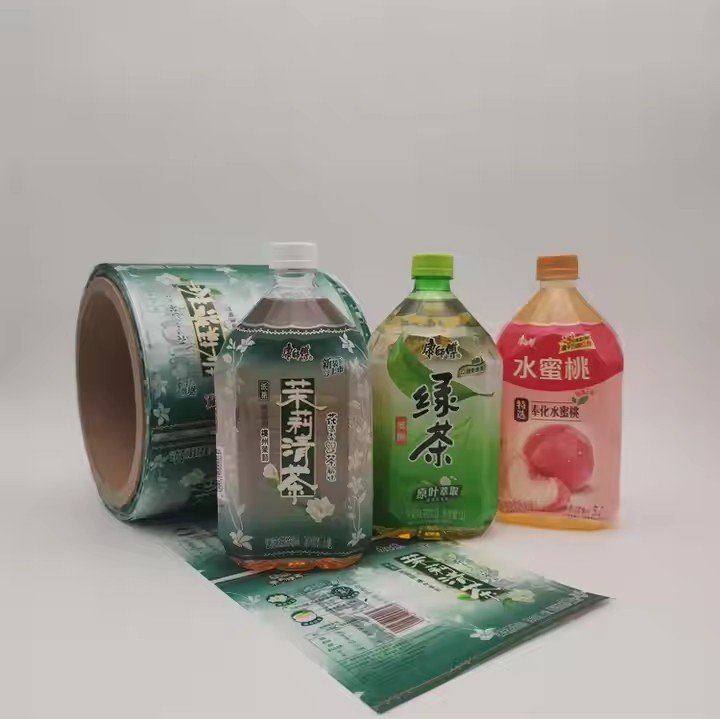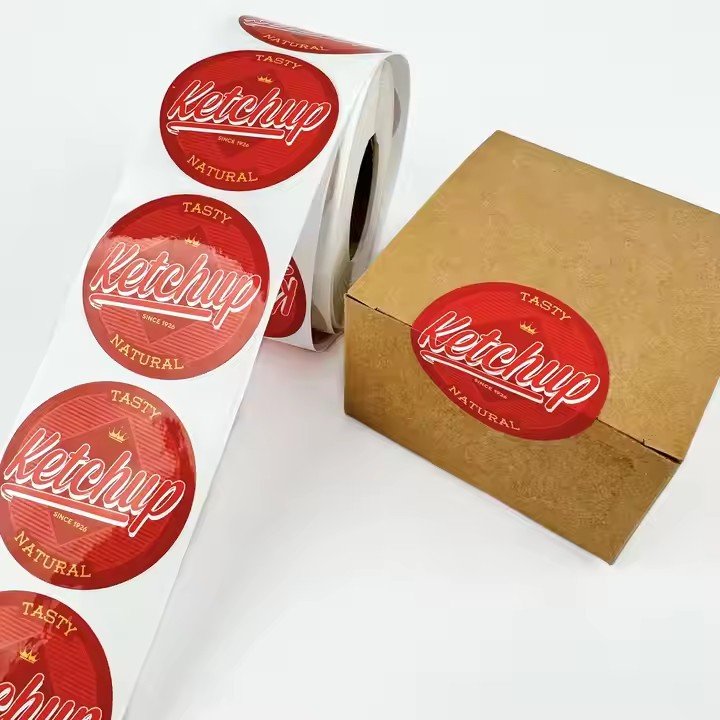I. Core Standards for Selecting Eco-Friendly Materials
The environmental friendliness of hair bundle labels should meet the principle of “life-cycle sustainability”—minimizing environmental impact across every stage from production and use to disposal. The key criteria include three aspects:
Biodegradability:
After disposal, the material should decompose naturally (in soil or seawater) into harmless substances such as CO₂, water, and organic matter—typically within one year—to avoid long-term residue.
Renewable / Recyclable Sources:
Raw materials should come from renewable resources (e.g., plant fibers) or be recyclable for reuse (e.g., paper, metal), thereby reducing dependence on non-renewable resources such as petroleum.
Low-Pollution Production:
The manufacturing process should have low energy consumption and minimal emissions, free from harmful substances such as phthalates and heavy metals (lead, mercury, etc.), ensuring no toxic release during printing or use.

II. Five Main Eco-Friendly Material Options: Features, Applications, and Usage Tips
Considering the performance needs of hair bundle labels—clear printability, moderate toughness, and cost efficiency—the following five materials are the most practical and sustainable choices. They can be selected based on brand positioning, budget, and usage scenario.
- Unbleached Kraft Paper: The Most Cost-Effective Basic Choice
Key Features:
Made from natural conifer fibers without bleaching, retaining its natural wood or light brown color. Its production uses fewer chemicals, is fully biodegradable, and highly recyclable (classified under the “kraft paper” category with recovery rates above 80%).
Best for:
Simple label designs featuring basic information such as brand logo, product name, or ingredients—especially for brands with a “natural” or “rustic” image (e.g., silicone-free or plant-based hair care products).
Usage Tips:
Choose paper with a grammage of 200–300g to balance strength and flexibility (avoiding tears without adding bulk or waste).
Use soy-based inks (plant-based and biodegradable) instead of heavy-metal inks; stick to monochrome tones such as black or dark brown to reduce ink use.
- Compostable PLA/PBAT Composite Film: The Ideal Plastic Alternative
Key Features:
PLA (polylactic acid) is derived from plant starches such as corn or sugarcane, while PBAT (polybutylene adipate terephthalate) is a biodegradable aliphatic polyester. When combined, they form a film that is both tough and compostable, fully degrading into CO₂ and water within 6–12 months under composting conditions—without releasing toxic gases when incinerated (unlike conventional plastics).
Best for:
Labels requiring mild water resistance (e.g., hair care products used in damp environments) or brands seeking to replace PVC/PET plastic with sustainable alternatives.
Usage Tips:
Maintain a thickness of 0.03–0.05mm; thicker films increase cost and slow degradation, while thinner ones are prone to tearing.
Use special biodegradable inks (ordinary inks adhere poorly to PLA’s smooth surface). Avoid lamination, which compromises degradability; if water resistance is needed, choose PLA/PBAT films with built-in protective coatings.
- Recycled Cotton / Linen Fabric Labels: Combining Natural Texture and Sustainability
Key Features:
Produced by re-spinning recovered cotton or linen fibers (from discarded garments or textile offcuts), this material embodies resource circularity. It naturally biodegrades (being plant-based) and reduces energy and water consumption by about 30% compared with virgin cotton production.
Best for:
Mid- to high-end hair bundle products (e.g., handmade or natural-material hair ties). These labels can be woven or printed, sewn directly onto the bundle—offering both decorative appeal and eco-conscious branding consistent with “sustainable fashion.”
Usage Tips:
Choose lightweight plain or twill weaves (≤0.5mm thick) to avoid adding extra bulk.
Prefer plant-based dyes (e.g., indigo, turmeric) or woven labeling (text/patterns formed by yarn itself, eliminating ink use for maximum sustainability).

- Bamboo Pulp Paper: A Superior Renewable Alternative to Wood Pulp
Key Features:
Made from fast-growing bamboo (which regenerates within 1–2 years after harvest), bamboo pulp paper requires around 20% less bleaching agent than traditional wood pulp, is fully biodegradable, and offers higher tensile strength—ideal for folding or hole-punching.
Best for:
Labels that require durability and refined appearance (e.g., children’s hair ties or colorful bundles). Bamboo paper can be white or light natural bamboo color, supports vivid printing, and remains environmentally friendly.
Usage Tips:
Avoid heavily bleached white versions (which increase chemical load); choose light natural-toned bamboo paper instead.
Use biodegradable adhesives (e.g., starch-based glue) for folding tags—an eco-friendly replacement for conventional non-degradable double-sided tapes.


